10 time-tested tips that will greatly increase the yield of cucumbers: a note to all gardeners
Categories: Life hacks | Nature | People | Science | Society | World
By Vika https://pictolic.com/article/10-time-tested-tips-that-will-greatly-increase-the-yield-of-cucumbers-a-note-to-all-gardeners.htmlI welcome you, dear readers, you are on the Living Garden channel. Everyone is already busy with work in the country, which means it's time to get some very effective tips to increase the yield of your cucumbers.
Read the article to the end and find out if you are doing everything in order to get consistently large yields of cucumbers.
5 PHOTOS
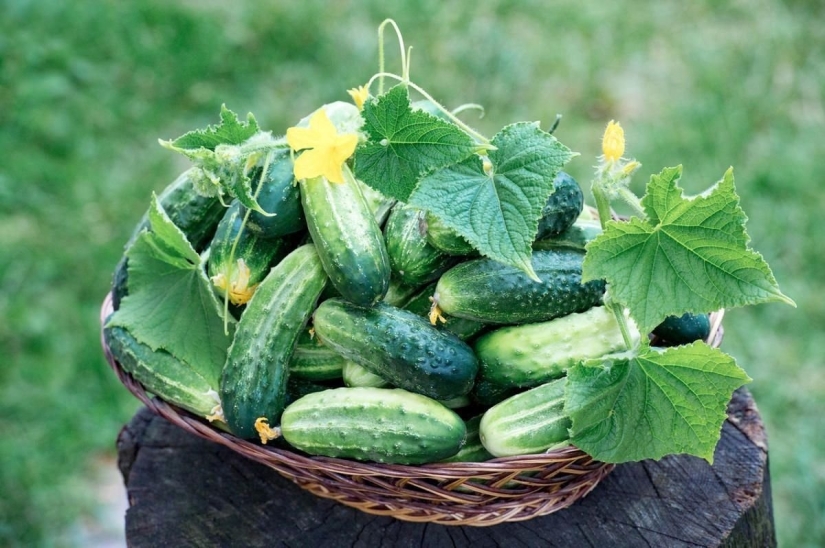
1. Determination of the exact time of planting cucumbers
Cucumber culture is thermophilic. If you have taken care of creating a warm bed for your cucumbers in advance, you are great and you can get a crop of cucumbers before the rest. If you want me to write an article on how to make a warm bed for your crops - leave comments below the article.
Seedlings of cucumbers must be planted in soil, the temperature of which is not less than 18 degrees. The optimum temperature for planting seedlings of cucumbers is 18-26 degrees. To determine the temperature of the soil, each summer resident should have a soil thermometer in his arsenal. The tool is not expensive and is accessible to everyone and everyone.
I wrote in more detail about determining the timing of planting crops in this article - When is it right to plant seedlings in May, so as not to be left without a crop? I share my experience in determining the timing of landings.
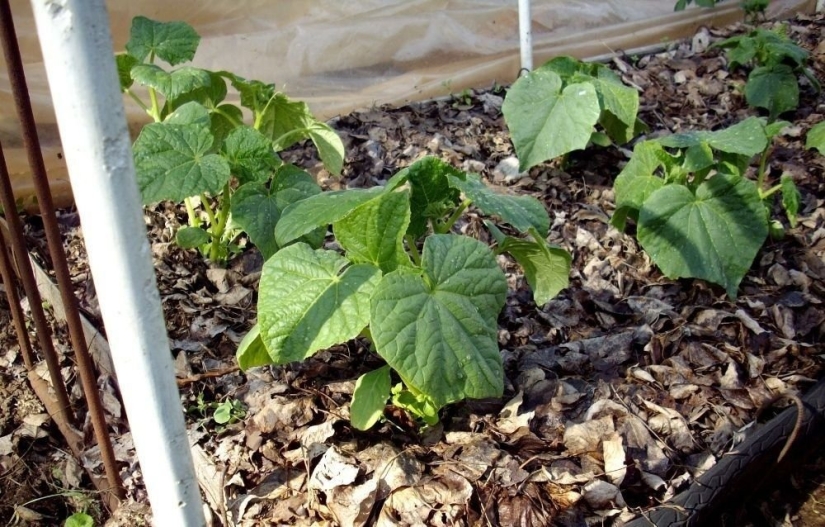
2. Cucumber garter
Due to the fact that the springtime is unpredictable lately. summer residents often lose crops. It is necessary to reseed and this causes both material and physical costs.
It would be good to take your time with planting cucumbers in the open ground and plant them at the very end of May or early June, to be sure. Those who have greenhouses - you are more fortunate.
But heavy rains not only bring death to young sprouts that have not grown strong but also as a result of them, our cucumbers begin to get sick very easily.
If you are growing cucumbers outdoors, come up with some kind of impromptu trellis with a net. It will take a little time and money, but you will save your crop and I will harvest it longer.
Indeed, due to the close contact of the leaves with the soil, as well as some thickening of the planting, cucumbers are attacked by a large number of diseases. This leads to a reduction in the life of the plant, weakens it, and as a result, you get less yield than you could.
If you tie cucumbers or put them on a net, you will get rid of many pathogens and will certainly increase your yield.
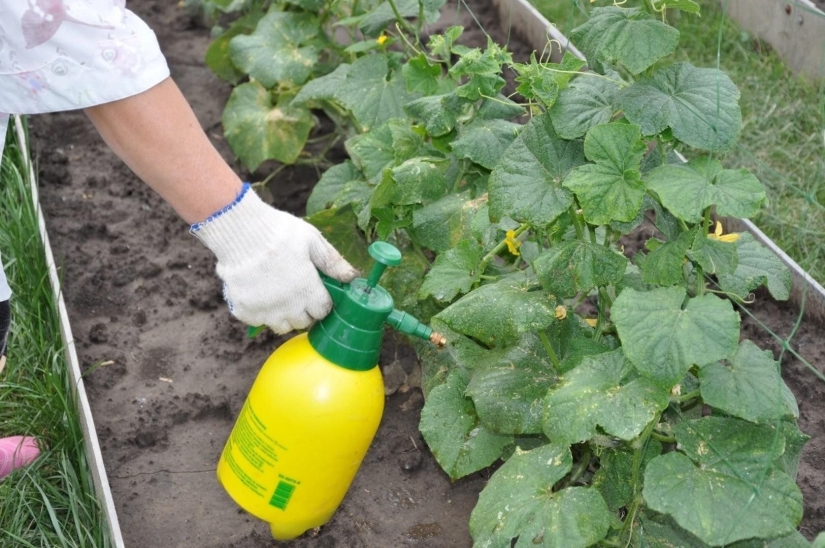
3. Mulching cucumbers
One good way to increase your yield is mulch. Mulching helps to control weeds and reduces the evaporation of moisture from the soil, which will undoubtedly affect the crop. Freshly cut grass, hay, sawdust, and wood shavings are excellent as mulch.
If you preferred to choose freshly cut grass, this was the right choice. They mowed the grass on the site and mulched the cucumbers. Thanks to the processes that go in the mulch, heat will be released. Cucumbers love warmth. Grass doesn't grow under the mulch, and it helps reduce day-night temperature fluctuations.
But not only heat is useful to mulch freshly cut grass. It will also be an excellent fertilizer once the soil microflora, bacteria, and worms begin to process it into humus. During the decay of the grass, a large amount of carbon dioxide is released, and this will also have a significant impact on the yield.
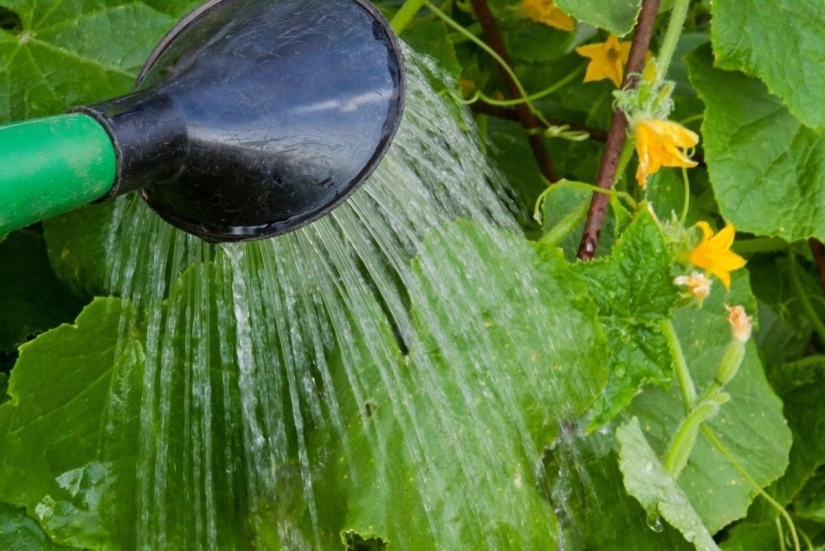
4. Harvest
It is advisable to collect cucumbers from the garden every 1-3 days. In addition to the obvious overgrowth of the cucumber, it also interferes with the development of the remaining cucumbers, as well as the formation of new ones.
Cucumbers need to be harvested frequently for a larger final harvest.
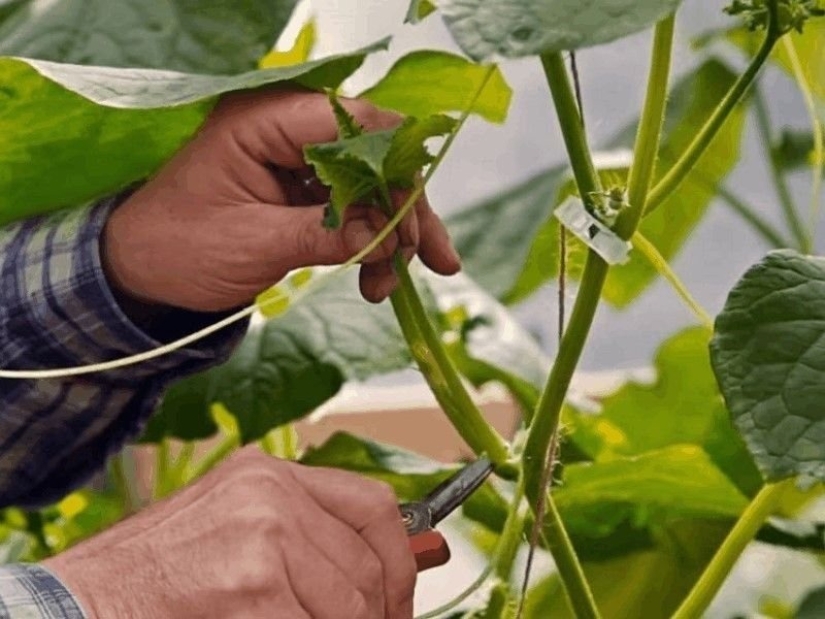
5. Pollination
If you don’t have bees nearby, and you prefer self-pollinated varieties, then you will have to run around with a brush. Playing the role of a bee running around the garden with a brush will definitely help your harvest. Reduce the fall of flowers, increase the number of ovaries.
Try to use varieties of self-pollinating cucumbers or start a hive with bees.
6. Proper feeding
Cucumbers are constantly in need of food. This is not the story that you brought into the hole or fertilizer in the soil in the spring, planted, and forgot. In order to get cucumbers throughout the season, it is necessary, in addition to harvesting, to give the soil what we took from there. That is, nutrients for cucumbers must be applied every week.
Organic
Cucumbers respond very well to organic fertilizers. You can use ash or bio humus. Biohumus is, in my opinion, one of the best organic fertilizers, if you want to know why bio humus, then read this article ("Biohumus" is the best organic fertilizer for your garden, seedlings, and flowers).
It is not necessary to bring fresh cow dung or any other fresh manure under the cucumbers. Good alternatives to vermicompost will be rotted manure that has lain for at least two to three years, as well as compost.
Mineral fertilizers
From mineral fertilizers, give preference to those in which the content of potassium is higher. Cucumber throughout its growth needs all macro and microelements, but it is in potassium that it needs more than others. The resistance of the cucumber to diseases, the taste and quality of cucumbers will depend on potassium.
MonoPotassium Phosphate, Potassium Nitrate, Crystal Red, Crystal for Cucumbers, or Fertika Lux are perfect to help.

7. Pasynkovanie
Removing stepchildren in the soil leads to an increase in yield. Varieties of bee-pollinated varieties yield mainly on lateral stepchildren of the second and third order.
If you have chosen bee-pollinated varieties, plant cucumbers in the ground, pinching the central stem. This will lead to the fact that you will stimulate the appearance of stepsons in the cucumber. And it is on the lateral shoots that bee-pollinated varieties give more yield.
If you have chosen self-pollinating varieties, the situation is slightly different. The main share of their crop falls on the main stem. Therefore, if possible, remove all stepchildren that you find.
The plant will not waste energy on the growth and development of stepchildren but will hit the cucumbers more. Let each plant get enough space, light, and nutrition, and it will certainly thank you with a big harvest.
8. Treatment for diseases and pests
Pests and diseases will constantly bother you. Affected by diseases or attacks by diseases, the plant weakens. Instead of growing and developing, he tries to cope with stress and heal wounds, instead of directing his energies to grow cucumbers.
Diseases
For diseases, my advice would be to use preparations based on Trichoderma and hay bacillus. Any trichoderma and any hay bacillus.
As preparations containing Trichoderma can act: Glyocladin, Trichoderma Veride, and many others. Check with garden stores for what Trichoderma-based preparations they have.
I recommend using the following as preparations containing hay bacillus: Fitosporin (any), Alirin, and Gamair.
These preparations should be used for both root (watering) and foliar (spraying) applications. Correctly using the alternation of preparations with Trichoderma and hay bacillus, you guarantee yourself a safe and chemical-free harvest, as well as a complete absence of disease.

9. Proper watering
The nicest and laziest option would be to run drip tape across your garden, but not everyone can afford it. Each cucumber plant consumes about half a liter of water per day before flowering, and during the period of active fruiting it can consume up to five liters of water.
From this, you can calculate approximately how many liters of water are needed for each plant. If you think that it is enough to apply fertilizer and it will grow, then no. In addition to fertilizer, the plant also needs water. Imagine if you ate only dry food, and there was nothing to drink.
So the plant cannot assimilate the nutrients in the soil without water. The cucumbers themselves are mostly water and imagine how many there are on a bush. A lot of water will be needed so that it retains its yield and presentation, and is not twisted.
10. Choosing the Right Neighbors for Cucumbers
All legumes will be good neighbors for cucumbers. As excellent neighbors of cucumbers will be suitable: Vika, Peas. The roots of these plants accumulate a large number of nitrogen-fixing bacteria, which take nitrogen directly from the air. This union is doomed to success.
Keywords: Time-tested tips | Tricks | Nature | Plant | Garden | Gardeners | Cucumbers | Life hacks
Post News ArticleRecent articles

The formation of Russian names occurred centuries under the influence of many factors and cultures. Despite this, our imenoslov ...

German photographer Dietmar Eckell is the author of the pictures he takes at the crash sites. However, the plane crashes, the ...
Related articles

Is it possible to laying wood to name a form of art? Turns out you can. Because in the world there are such people, which gently ...

For a person likely to get struck by lightning in any one year is a chance to 300 thousand. And although 90 percent of people ...

Often, actors in films have to drink or even use illegal drugs. And if all these substances were real, given the number of takes, ...

The number of urban legends generated by human imagination in recent years has been enormous. Some of them are invented from ...